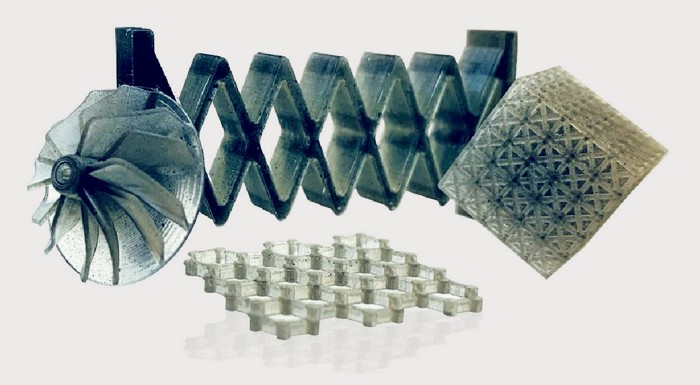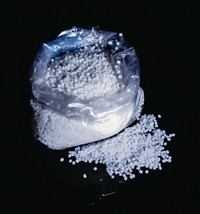Advertisement
Grab your lab coat. Let's get started
Welcome!
Welcome!
Create an account below to get 6 C&EN articles per month, receive newsletters and more - all free.
It seems this is your first time logging in online. Please enter the following information to continue.
As an ACS member you automatically get access to this site. All we need is few more details to create your reading experience.
Not you? Sign in with a different account.
Not you? Sign in with a different account.
ERROR 1
ERROR 1
ERROR 2
ERROR 2
ERROR 2
ERROR 2
ERROR 2
Password and Confirm password must match.
If you have an ACS member number, please enter it here so we can link this account to your membership. (optional)
ERROR 2
ACS values your privacy. By submitting your information, you are gaining access to C&EN and subscribing to our weekly newsletter. We use the information you provide to make your reading experience better, and we will never sell your data to third party members.
3-D Printing
Durable 3D-printed molecular magnets
Printing molecular magnets into complex shapes protects them from degradation
by Katherine Bourzac
January 13, 2022
| A version of this story appeared in
Volume 100, Issue 2

Metal-containing organic molecules that exhibit magnetism could one day offer a lightweight, flexible alternative to the relatively dense metal and ceramic magnets used in today’s engines, turbines, and electronics. Researchers have shown that a promising but unstable molecular magnet can become stable when 3D printed (Nano Lett. 2022, DOI: 10.1021/acs.nanolett.1c01879).
In recent years, chemists have built molecular magnets that have magnetic fields comparable to those of conventional magnets at room temperature. But even promising ones, such as vanadium hexacyanochromate, remain sensitive to the environment, says Shenqiang Ren, a materials scientist at the University at Buffalo. “You have to test them in a glove box,” he says. Ren wanted to mix a molecular magnet with a printing resin with the hope that the plastic casing might protect the material from the open air.
In collaboration with Massachusetts Institute of Technology materials scientist Jeffrey Grossman, Ren’s team focused on a printing process called stereolithography, which uses projected beams of light to solidify light-sensitive polymers into 3D shapes.
Ren’s team used the approach to make lattices, turbine rotors, a stretchable magnet, and more from a vanadium hexacyanochromate–polymer mix. The printed objects have retained their magnetism after over a year sitting on a shelf, Ren says. Rodolphe Clérac, who develops molecular magnets at the French National Center for Scientific Research in Bordeaux, wrote in an email that this work could open new areas of research and applications for metal-organic materials, magnets, and “more generally for any material that needs to be protected to function.”




Join the conversation
Contact the reporter
Submit a Letter to the Editor for publication
Engage with us on Twitter